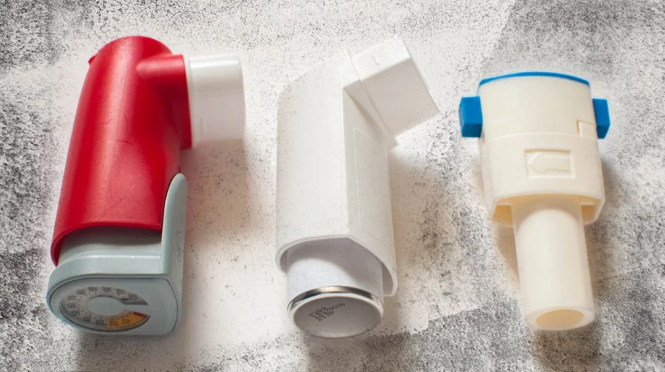
The Asthma Inhaler Breakdown: Types, Tips, and More
- 0
Asthma can be a daunting condition for many, and finding relief often means turning to specialised devices. Among these, asthma inhalers have become a quintessential tool in managing respiratory challenges. This article delves deep into the various types of these devices, shares invaluable tips on usage, and offers insights into their mechanisms.
Understanding the Basics
Inhalers are pocket-sized devices designed to deliver medication directly to the lungs. They offer a targeted approach, ensuring that the active ingredients reach the area where they’re most needed. While most commonly associated with asthma, these devices are also used to treat other respiratory conditions. They’ve evolved significantly over the years, incorporating advanced technologies to improve drug delivery efficiency. Their compact design ensures that individuals can carry them everywhere, offering immediate relief in times of distress.
Types of Inhalers
1. Metered Dose Inhalers (MDIs):
MDIs are the most commonly used inhalers. They release the medicine in aerosol form, requiring users to synchronise their breath with the device’s activation. The aerosol form ensures deep penetration into the bronchial tubes, providing rapid relief. It’s crucial to shake the device before use to mix the medicine and propellant effectively.
2. Dry Powder Inhalers (DPIs):
Unlike MDIs that release a mist, DPIs release medication in powder form. Patients must inhale more forcefully with these to ensure the medicine reaches the lungs. The powder formulation eliminates the need for propellants, making them environmentally friendlier.
3. Soft Mist Inhalers (SMIs):
SMIs produce a slow-moving mist, which can be more manageable for some patients, especially those who have trouble coordinating breathing with MDI activation. This format ensures a more extended period of drug deposition, potentially increasing the treatment’s effectiveness. The mist’s soft nature also reduces the chances of medicine deposition in the mouth, decreasing potential side effects.
4. Nebulizers:
Not exactly a handheld inhaler, nebulisers convert liquid medicine into a mist that’s inhaled using a mask or mouthpiece. They’re often preferred for younger children or during severe asthma attacks. Since nebulisers work with liquid medication, they can often deliver a combination of drugs in one session. Their electric or battery-powered operation ensures a steady and continuous dose, making it easier for patients who might struggle with handheld devices.
Effective Usage Tips
Coordination is Key:
For MDIs, it’s essential to synchronise pressing down on the inhaler with the start of a slow, deep inhalation. This ensures the medicine reaches deep into the lungs. Perfecting this technique might require practice, but it significantly enhances the treatment’s efficacy. For those struggling, seeking guidance from a healthcare professional can prove beneficial.
Clean Regularly:
Residue can build up in the device, reducing its effectiveness. Make it a habit to clean your inhaler as per the manufacturer’s guidelines. Regular cleaning not only ensures efficient drug delivery but also prevents potential infections from bacterial buildup. It’s advisable to set a reminder or schedule to ensure consistent maintenance.
Practice with a Spacer:
A spacer is an attachment that ensures the medicine is delivered effectively. It can be particularly helpful for those struggling with the coordination aspect of inhalation. The spacer holds the medicine temporarily, allowing users to inhale at their pace.
Checking the Dose Counter
Many modern inhalers come with a dose counter, showing how many doses remain. It’s crucial to keep an eye on this to ensure you’re never caught without the essential medicine, especially during an asthma flare-up. Keeping track allows for timely refills and ensures uninterrupted treatment. Additionally, noting how quickly one depletes an inhaler can offer insights into asthma’s management and whether there’s a need for adjustment in therapy.
Conclusion
Asthma inhalers have revolutionised the way respiratory conditions, especially asthma, are managed. By understanding the types available, mastering their usage, and appreciating the engineering behind them, patients can ensure they get the most from their device. Remember, effective asthma management goes beyond the inhaler—it requires awareness, regular check-ups, and staying informed about the latest in respiratory care.







